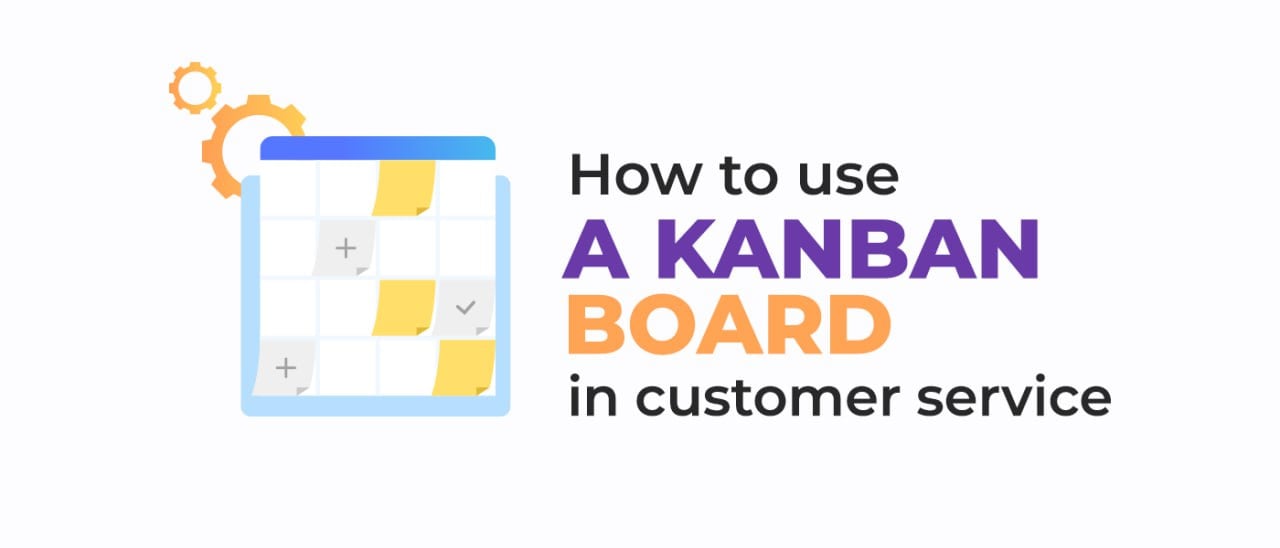
Customer service is an essential component of any business, and it can often make the difference between retaining and losing customers.
One tool that has gained significant popularity in recent years is the Kanban board. This board is a visual project management tool that can help teams prioritize tasks and streamline workflows. In this article, we’ll explore how to use a Kanban board in customer service to improve efficiency and enhance the customer experience.
Steps to using a Kanban board in customer service
The first step in using a Kanban board is to identify the stages of the customer journey. This can include stages such as initial contact, troubleshooting, resolution, and follow-up. Once these stages are identified, they can be used to create columns on the Kanban board. For example, the initial contact stage might be represented by a column labeled “New Requests,” while the troubleshooting stage might be represented by a column labeled “In Progress.”
The next step is to create cards for each customer request or issue. These cards can be used to track the progress of each request and can include details such as the customer name, issue description, and assigned team member. The cards can be moved from column to column as the request progresses through the different stages of the customer journey.
Benefits of using a Kanban board in customer service
One of the key benefits of using a Kanban board is that it provides a visual representation of the workflow. This can help team members quickly identify bottlenecks or areas where requests are getting stuck. For example, if a large number of cards are piling up in the troubleshooting column, it may indicate that there are systemic issues that need to be addressed.
Another benefit of using a Kanban board for customer service is that it can help teams prioritize tasks. By focusing on the requests that are closest to resolution, team members can ensure that customers receive prompt and effective service. Additionally, by tracking the time it takes to resolve each request, teams can identify areas where they can improve their efficiency.
Finally, using a Kanban board for customer service can help teams collaborate more effectively. By providing a centralized location for all customer requests and allowing team members to easily communicate with each other, the board can facilitate a more streamlined and coordinated approach to customer service.
Conclusion
a Kanban board can be an effective tool for improving customer service. By visualizing the workflow, prioritizing tasks, and facilitating collaboration, teams can enhance the customer experience and improve their efficiency. If you’re looking to improve your customer service, consider implementing a Kanban board today.
With Kanban boards in Projecto your management system, you can smoothly streamline your customer service by visualizing your tasks, prioritizing them, and tracking their progress at a glance. allowing you to focus on providing high-quality support while minimizing confusion and errors in task management. Try Projecto now for free.